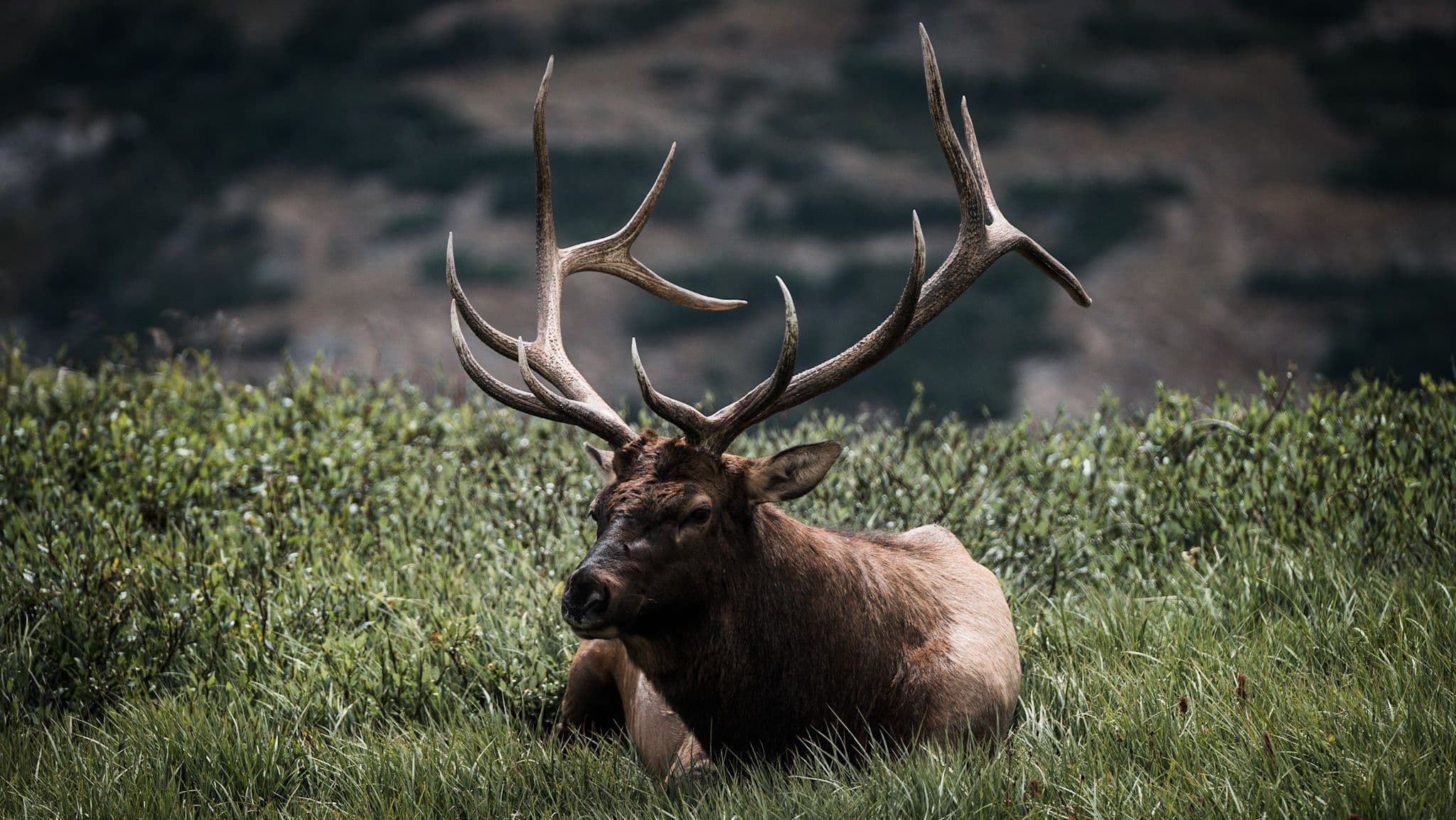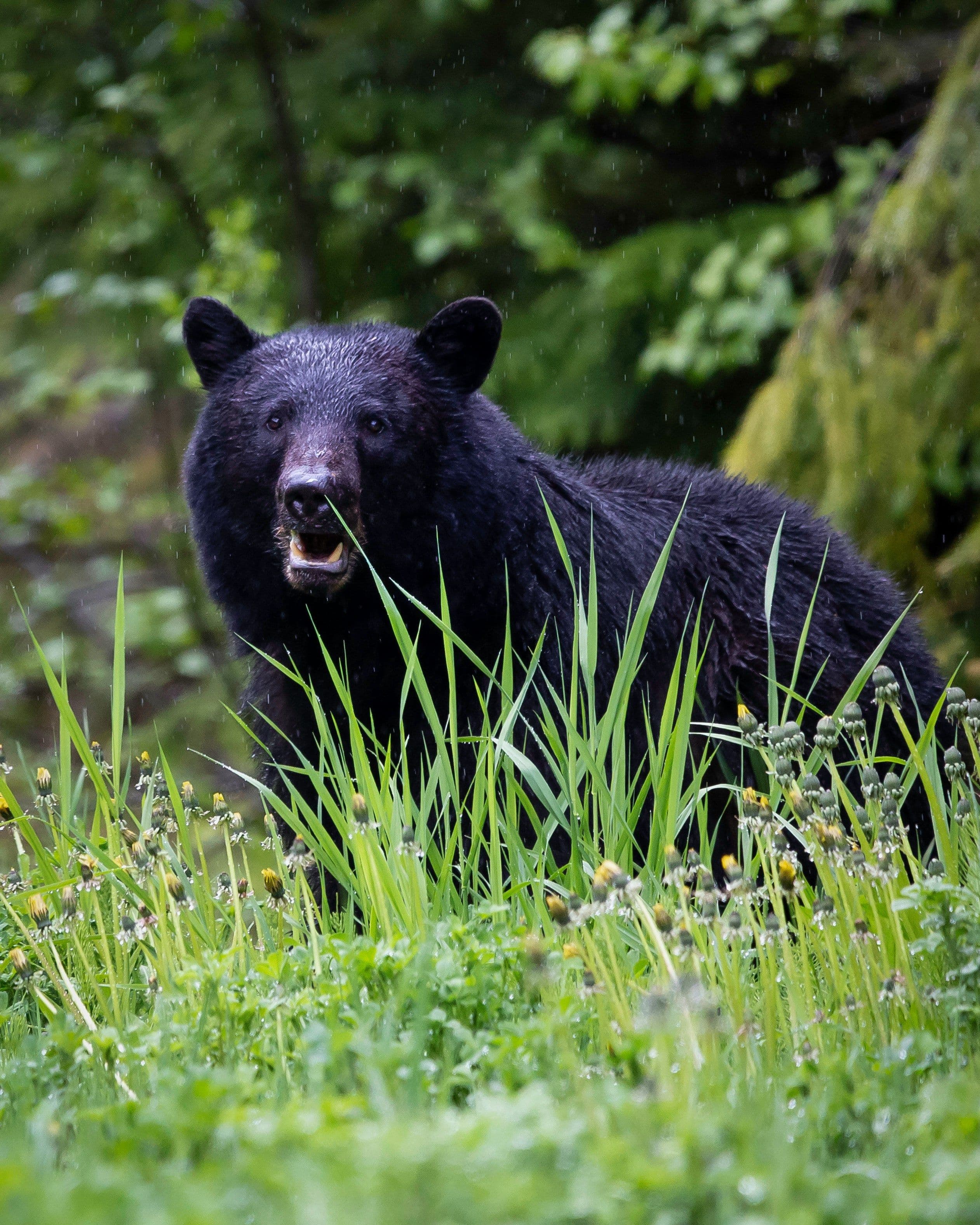What is the Preferred Rifle Shot for Larger Game Animals, Such as Elk, Moose, or Bear


Justin Hunold
06/21/2024
In big game hunting, knowing the preferred rifle shot for animals like elk, moose, or bear can make all the difference between a successful hunt and a long day in the field. While there are many factors to consider, from shot angles to suitable cartridges, the advice remains consistent: precision, power, and ethical shot placement are paramount. Let's delve into what makes the perfect shot for these majestic animals and explore the top 15 cartridges for hunting the North American big game.
Shot Angles: Maximizing Your Chances
When it comes to the more giant games, the shot angle is crucial. A broadside shot is often the most recommended for its direct access to vital organs, providing a high likelihood of a quick and humane kill. Here’s a breakdown of the best shot angles for elk, moose, and bear:
Broadside Shot
This angle presents the largest target area and the best access to the heart and lungs. When the animal is broadside, its vital organs are exposed, providing a clear path for your bullet. Aim for the center of the chest, just behind the front leg. This location ensures that your bullet will penetrate the rib cage and reach the heart and lungs, which are critical for a quick and humane kill.
The broadside shot offers several advantages:
Maximized Target Area: The animal's side profile exposes a larger area of the body, making it easier to hit the vital organs.
Vital Organ Access: The heart and lungs are more accessible from this angle, increasing the likelihood of a fatal shot.
Reduced Risk of Deflection: With fewer major bones in the way, the bullet is less likely to be deflected, ensuring a straight path to the vital organs.
For larger game like elk or moose, this shot is particularly effective due to their size and the need for deep penetration. A well-placed shot here ensures significant internal damage, leading to rapid blood loss and a quicker, more humane end to the hunt.
Quartering-Away Shot
When the animal is quartering away, its body is angled away from you, providing a shot that can pass through the vital organs. Aim for the opposite shoulder, targeting a point slightly behind the ribs on the near side and aiming for the far side's shoulder. This trajectory allows the bullet to travel through the vital organs before exiting near the front shoulder, ensuring maximum damage.
The quartering-away shot offers unique benefits:
Angle Advantage: The bullet travels a longer path through the body, potentially hitting more vital organs.
Organ Damage: This shot can cause extensive damage to the heart, lungs, and liver, increasing the chances of a quick kill.
Exit Wound: The exit wound on the far side can create a larger blood trail, aiding in tracking the animal if it runs.
High-velocity cartridges are ideal for this shot due to their excellent penetration capabilities, ensuring the bullet reaches the vital organs and causes extensive internal damage. This shot requires precise aim to avoid the shoulder bones, which could deflect the bullet.
Quartering-Toward Shot
The quartering-toward shot is less ideal but can be effective with precise aim. When the animal is angled toward you, the target area for the vital organs becomes smaller. Aim for the chest, just inside the front shoulder, to ensure the bullet penetrates the rib cage and reaches the heart and lungs.

Key considerations for the quartering-toward shot:
Smaller Target Area: The angle reduces the exposed vital organ area, demanding higher precision.
Bone Avoidance: Avoid hitting the major bones in the shoulder, as they can deflect or stop the bullet.
Penetration: Use a high-velocity cartridge with a well-constructed bullet to ensure deep penetration through the chest cavity.
The goal is to reach the vital organs while avoiding major bones that could deflect the bullet. This shot can be highly effective if executed correctly, but it requires confidence in your marksmanship and a clear understanding of the animal's anatomy.
Mastering these shot angles—broadside, quartering-away, and quartering-toward—can significantly enhance your success in the field when hunting larger game animals like elk, moose, or bear. Each shot angle has its own set of advantages and challenges, and understanding them ensures that you can make the most ethical and effective shot possible.
With careful consideration of shot placement, suitable cartridges, and bullet design, you can ensure a humane kill and a successful hunt. Remember, ethical hunting is not just about taking down the animal but doing so in a way that ensures a quick and humane end. Equip yourself with the best gear, aim true, and respect the game you pursue.
Suitable Cartridges and Bullet Design
Choosing the right cartridge and bullet is as crucial as your shot placement. Here are the top 15 cartridges for hunting North American big game:
- .300 Winchester Magnum - Known for its flat trajectory and long-range capabilities, excellent for elk and moose.
- .338 Winchester Magnum - Offers significant stopping power, ideal for bears and moose.
- .30-06 Springfield - A versatile and widely used cartridge, suitable for all big games.
- .270 Winchester - Known for its accuracy and flat shooting, great for elk.
- .300 Weatherby Magnum - Provides excellent long-range performance, ideal for elk and moose.
- .375 H&H Magnum - A classic big game cartridge, powerful enough for moose and bear.
- .308 Winchester - A reliable and accurate cartridge suitable for all big games.
- .300 Remington Ultra Magnum - Delivers high velocity and energy, great for long-range shots.
- 7mm Remington Magnum - Known for its flat trajectory and accuracy, suitable for elk and moose.
- .35 Whelen - Offers excellent penetration and power, ideal for bears and moose.
- .338 Lapua Magnum - Excellent for long-range shots, powerful enough for moose and bear.
- .45-70 Government - A traditional cartridge with excellent stopping power, suitable for bear.
- .325 WSM - Offers a good balance of power and recoil, suitable for elk and moose.
- .280 Ackley Improved - Known for its accuracy and efficiency, it is great for elk.
- .416 Remington Magnum - Provides immense power, suitable for the largest game, including moose and bear.
Bullet Design
The bullet’s design is critical when hunting larger game. Use a controlled expansion bullet, such as a Nosler Partition or Barnes TTSX. These bullets expand reliably upon impact while retaining weight, ensuring deep penetration and maximum tissue damage.
Understanding Bear Anatomy: Key Differences
Hunting bears differ from elk or moose due to their unique anatomy and behavior.

Tough Hide and Dense Muscle
Bears have thick hides and dense muscles, especially around the shoulders. This means your bullet needs to have enough power to penetrate deeply and reach the vital organs.
Heart and Lungs
The heart and lungs are slightly forward and lower in bears than elk or moose. Aim just behind the shoulder and somewhat lower than you would for an elk. This positioning increases the likelihood of hitting vital organs.
Where to Shoot a Bear
Precision is critical when hunting bears. Here are the best shot placements:
Broadside Shot
Aim behind the front shoulder, targeting the heart and lungs. This shot offers the best chance for a clean, ethical kill.
Quartering-Away Shot
Aim for the opposite shoulder, allowing the bullet to pass through vital organs. This angle provides a high probability of hitting the lungs and heart.
Blood Trailing: What to Expect
Blood trailing a bear can be challenging due to its dense fur and fat, which can absorb blood and slow down the trail. Look for small drops of blood, and be prepared for a longer tracking job than elk or moose.
Patience and Persistence
Bears are demanding animals and can travel significantly even with a fatal shot. Be patient and persistent when tracking. Mark the blood trail with biodegradable tape or a GPS app to ensure you don’t lose your way.
Conclusion
Understanding the preferred rifle shot for larger game animals like elk, moose, or bear requires the right equipment, knowledge of anatomy, and precise shot placement. Ethical hunting ensures a quick, humane kill, and knowing where to shoot a bear is crucial. Equip yourself with the best gear, aim true, and respect the game you pursue.
For those embarking on their next big game adventure, understanding shot angles, choosing the correct cartridge, and mastering bear anatomy can significantly enhance your success and hunting experience.